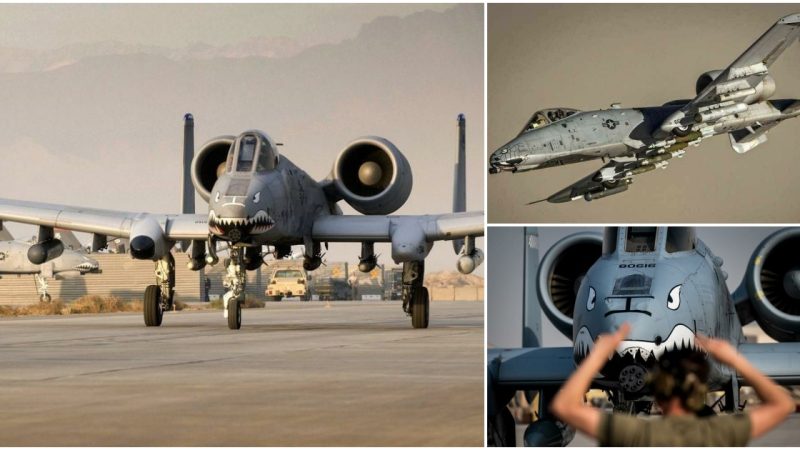Transport helicopters have come a long way over the last eight decades, evolving significantly from the early days of the Sikorsky R4 “Egg Beater” used during World War II.
The Russian military is poised for a substantial leap forward with the development of the upgraded Mi-171Sh “Storm” military transport helicopter, equipped with guided missiles. According to state media reports, production of this new model is set to commence in two years.
Mikhail Karpushkin, Deputy Head of the Marketing, Sales, and Maintenance Department at the Ulan-Ude Aviation Plant, the manufacturer of the rotary aircraft, revealed, “The serial production of the modernized Mi-171Sh helicopter will begin in 2022.” He shared this information during the recent Army-2020 International Military and Technical Forum.
The upgraded Mi-171Sh helicopter reportedly boasts improved protection and enhanced striking capabilities. It was showcased at the Army-2020 event held outside Moscow at the Russian Armed Forces’ Patriot Congress and Exhibition Center, spanning from August 23 to 29.
The Mi-171Sh represents a contemporary iteration of the Mi-17, which entered service with the Soviet Red Army during the 1970s and was adapted into an armed gunship variant similar to the American Bell UH-1 Iroquois (Huey). The Mi-17S, introduced to the global market in 2002, has found widespread use in regions including the Middle East, Southeast Asia, Africa, and Eastern Europe through the Russian state-owned special exporter Rosobornexport.
A noteworthy feature of the Mi-171Sh is its versatility, as it has been ordered by Russian allied partners as well as NATO members. Notably, Croatia and the Czech Republic procured these helicopters between 2005 and 2008. Russia’s helicopter exports are diverse, catering to international buyers, including the United States.
Designed primarily for transport, the Mi-171Sh is capable of fulfilling various missions, such as airlifting assault forces, cargo transportation, troop fire support, air-to-surface attacks, military column escorts, medical evacuation, and combat search and rescue (CSAR) operations.
Operating day and night under diverse weather conditions, the Mi-171Sh Storm features a five-bladed main rotor, a tail rotor, and non-retractable tricycle nose-wheel landing gear. The cockpit accommodates three crew members, while the main cabin can hold up to 36 troops or 12 casualties on stretchers.
While American helicopters like the Sikorsky UH-60 Black Hawk were engineered with survivability features such as a ballistically tolerant, crashworthy main structure, the Mi-171Sh Storm’s armor protection was designed to enhance combat survivability for the crew cabin and vital units.
Notably, the Russian Storm is not the sole transport/gunship helicopter receiving significant upgrades. Recent reports highlight China’s Z-8L transport helicopter, which now boasts a wider body to house a Bobcat all-terrain assault vehicle within its well-protected cabin. Moreover, advanced technology, including a radar warning receiver and infrared decoys, has been integrated.
The evolution of transport helicopters over the past 80 years has been remarkable, from the days of the Sikorsky R4 “Egg Beater” utilized during the Second World War.
VIDEO:








